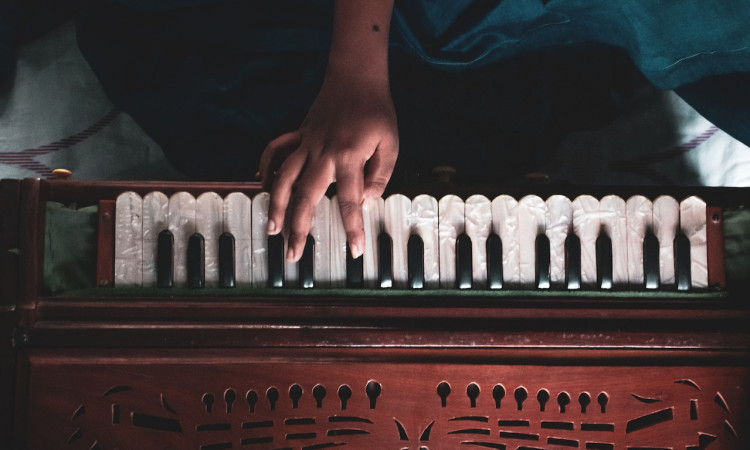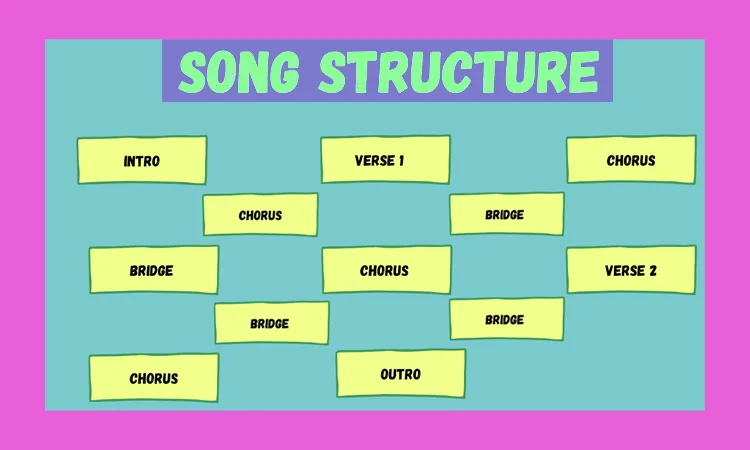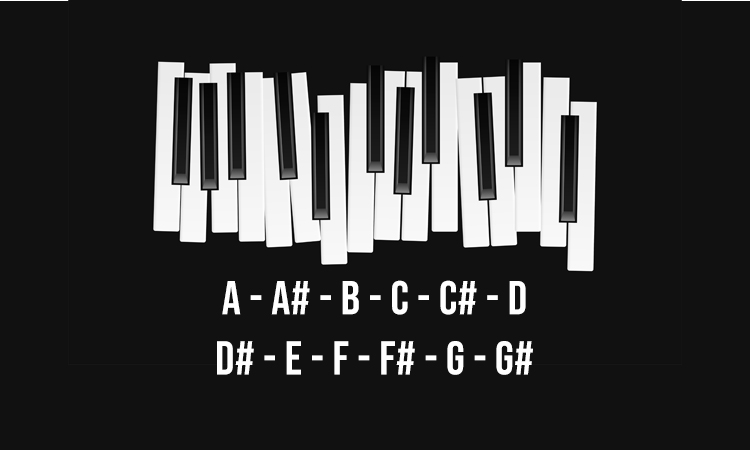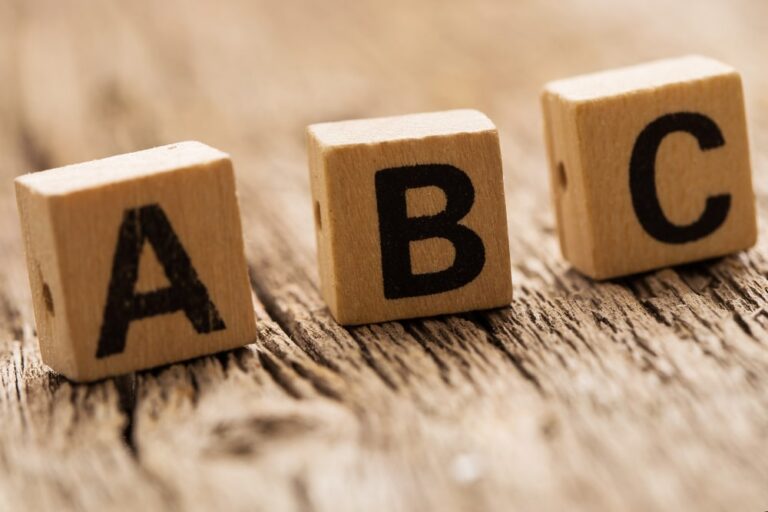
There are numerous ragas in Indian classical music, each with its own unique characteristics and emotional expressions. While it's challenging to definitively list the "10 most common" ragas because preferences and popularity can vary by region and style of music, I can provide you with a list of 10 popular ragas along with some details about each one:
1. Raga Yaman:
- Yaman is one of the most widely recognized and beloved ragas in Indian classical music.
- It is characterized by a pentatonic scale and is associated with a tranquil and romantic mood.
- Yaman has both morning and evening versions.
2. Raga Bhairavi:
- Bhairavi is considered a mother of all ragas and is often performed at the end of concerts.
- It has a mix of emotions, including devotion and pathos.
- Bhairavi has both major and minor scales.
3. Raga Todi:
- Todi is known for its serious and somber mood.
- It has a complex structure and is often performed during the late afternoon or early evening.
4. Raga Malkauns:
- Malkauns is associated with a mysterious and meditative atmosphere.
- It uses a pentatonic scale and is traditionally performed at night.
5. Raga Darbari Kanada:
- Darbari Kanada is a majestic raga with a regal and grand feel.
- It is often chosen for elaboration and improvisation.
6. Raga Bihag:
- Bihag is a lively and joyful raga with a major scale.
- It is often performed during the evening hours.
7. Raga Kafi:
- Kafi has a folk-like quality and is known for its simplicity and accessibility.
- It is often used in lighter classical and semi-classical compositions.
8. Raga Bhimpalasi:
- Bhimpalasi is a popular raga known for its romantic and emotional appeal.
- It is performed in the late afternoon or early evening.
9. Raga Desh:
- Desh is associated with a sense of yearning and longing.
- It is often used in compositions expressing the emotions of separation and love.
10. Raga Hamsadhwani:
- Hamsadhwani is a cheerful and bright raga often performed to invoke a sense of happiness and celebration.
- It is well-suited for fast-paced compositions.
Please note that these descriptions provide a general overview of each raga’s characteristics, but the actual experience of a raga can vary greatly depending on the skill and creativity of the performer. Additionally, there are many more ragas in Indian classical music, each with its own unique charm and nuances.





